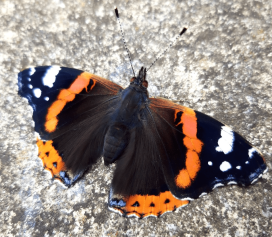Insect super powers: surviving the winter
Insects have some really cool super powers and surviving extreme temperatures is one of them! Have you ever wondered how insects manage to survive in the cold winter months?
In the Summer, insects are all around us but in Winter they seem to disappear. Where do they go and how do they survive the extremes of winter? Unlike us, insects can’t put on a coat, hat and gloves or turn up the central heating! With such a small body size, they could easily freeze as the temperature drops but they have some pretty cool ways of making sure their species continues to the next generation.
Take a look at these ideas. Who you think is right? Do you have a different idea?

Zane, Zeb, Zora and Zip are all right!
Strategy 1: Diapause
This is similar to mammalian hibernation where adults survive the winter in a state of torpor or dormancy. Insects find suitable places to spend the winter such as holes in dead wood, under leaf litter or inside sheds and other buildings. They then become inactive, their heart rate slows right down and some insects even produce anti-freeze chemicals to stop them from freezing.
Here are some insect species that undergo diapause:
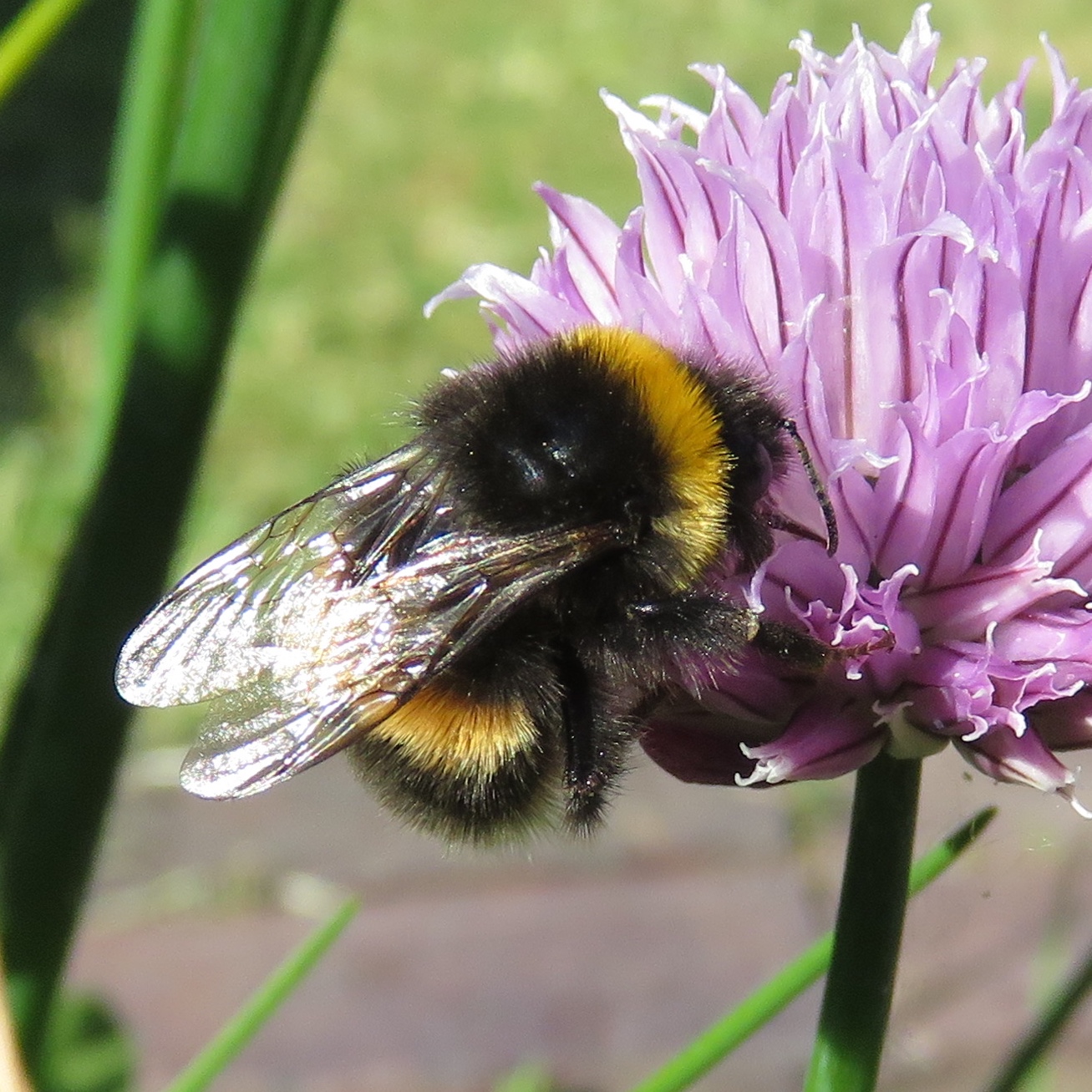


During the Winter, only the queen bumblebee survives and amazingly all the other bumblebees die. The queen spends the winter in an underground burrow already carrying the eggs that will be the next generation.
Butterflies such as Peacocks, Brimstones and Red Admirals shelter in garden sheds during diapause. Sometimes you can find them inside houses – do not disturb!
Ladybirds huddle together in groups, for example, under bark of trees.
Strategy 2: Seasonal Lifecycles
The adult form of many insect species will not survive the winter but one of the other stages of their lifecycle (either the eggs, larvae or chrysalises) will survive by keeping warm in places such as leaf litter, under bark or in long grass waiting to be activated by the warmth of the sun in the spring.
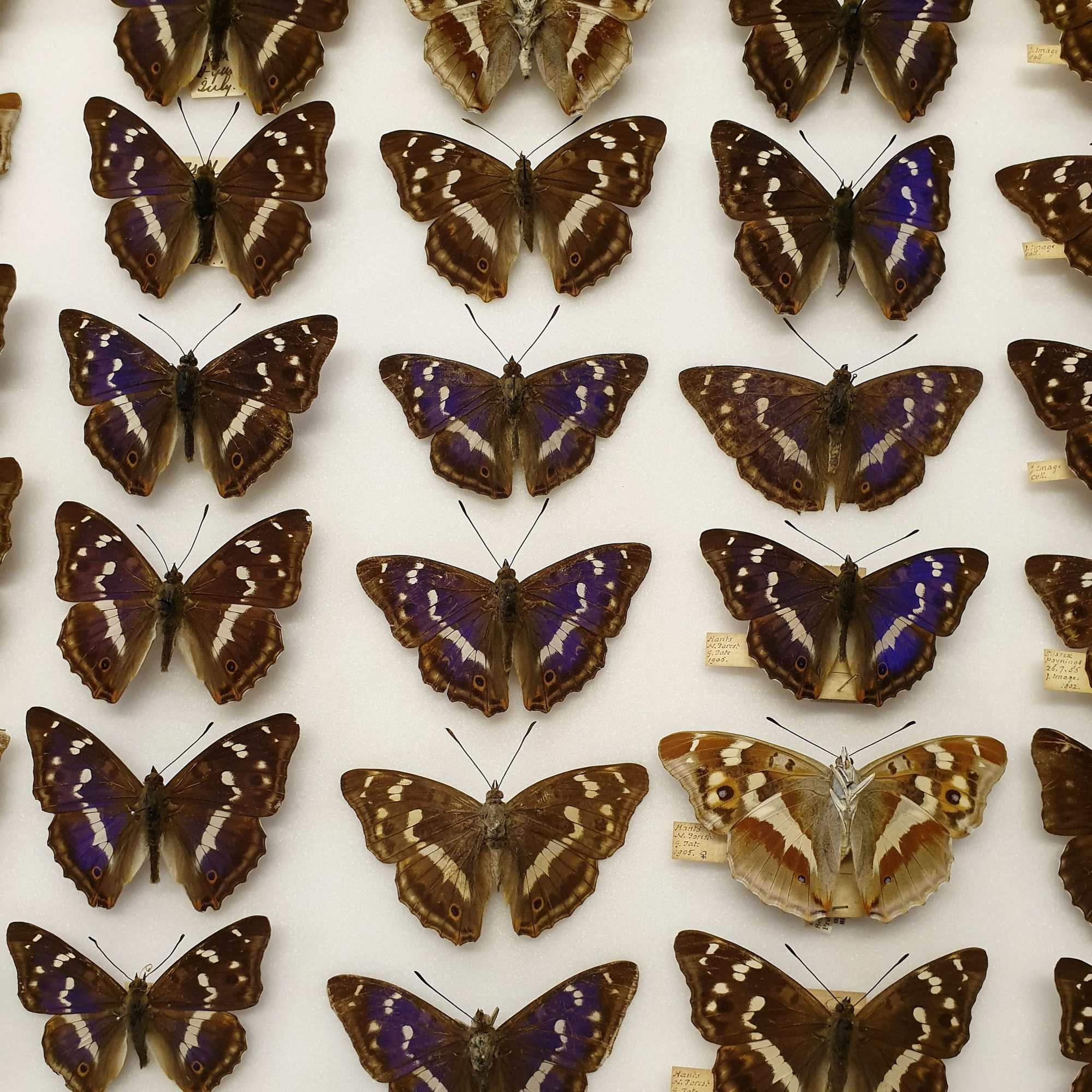
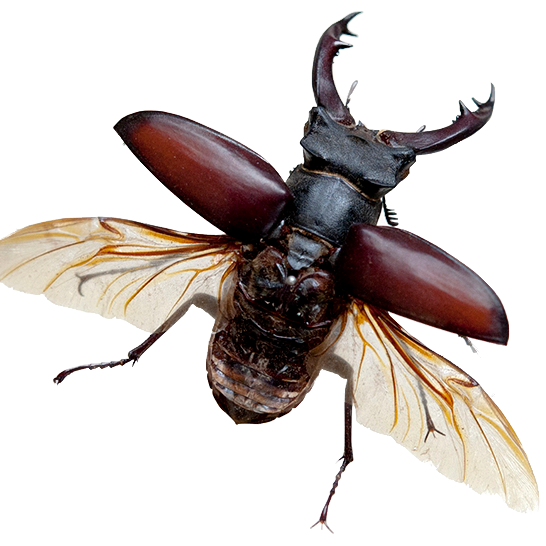
The larval stage of the Stag Beetle and the Purple Emperor butterfly survive the winter, but the adults die.
Strategy 3: Migration
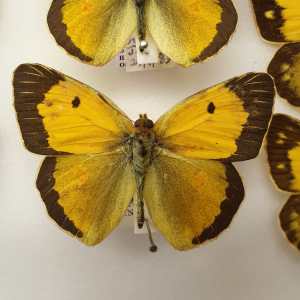
A few British insects such as the Painted Lady and Clouded Yellow butterflies migrate to Africa for the Winter. Individual Painted Ladies have been recorded making journeys of nearly 2,500 miles. Unlike birds, the same individuals do not make the return journey the following year – that journey is made by a new generation.
Strategy 4: Remain Active

Lots of insects do, in fact, remain active in the winter. It is just harder to find them because they are keeping warm under leaf litter, amongst long grass or, in the case of aquatic insects, under water. Most insects who do this are just feeding and waiting for the Spring when they can find a mate and reproduce but some species, such as Winter Moths and December Moths, reproduce during the winter months.
We would love to see your photos or hear about insects you have seen this Winter. What can you find in your garden or local outside spaces? Be careful not to disturb them too much! You can tell us about it using the form on our Contact Us page, or email us at hopelearning@oum.ox.ac.uk.


